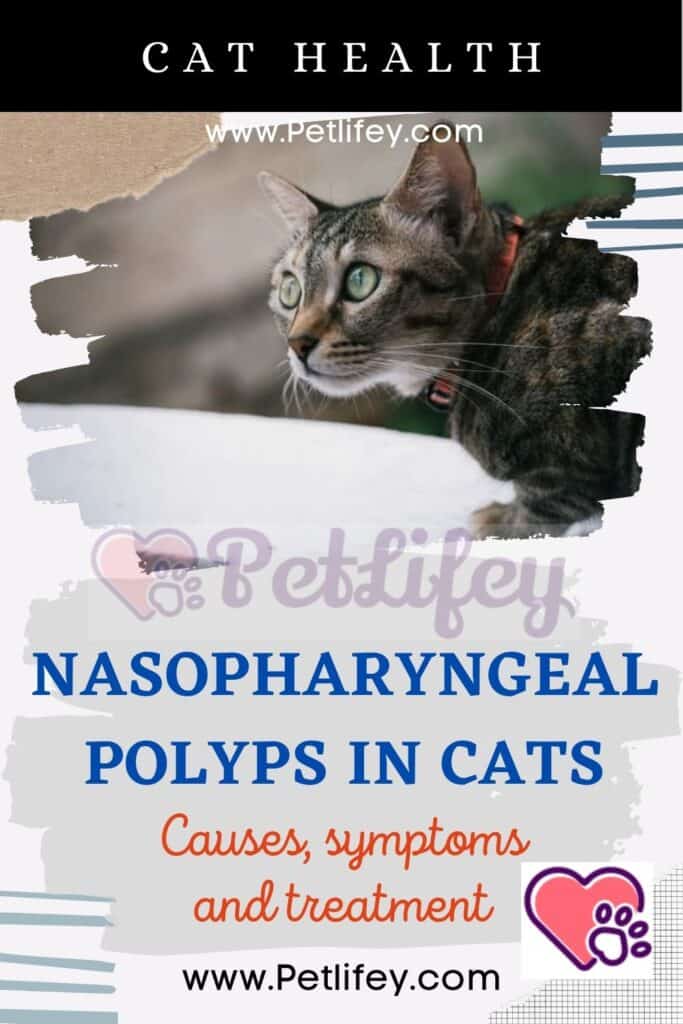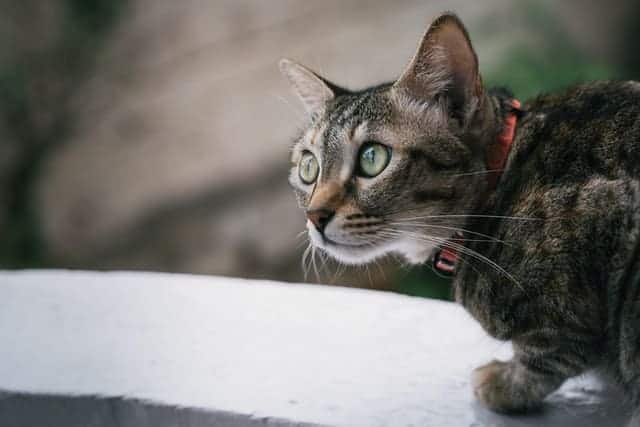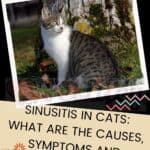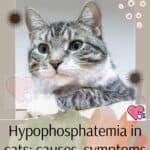Nasopharyngeal polyps in cats, also known as nasopharyngeal polyps, are benign inflammatory formations of the ear. Here’s what to know about it.

There are many pathologies that we only become aware of when our four-legged friends find themselves facing them; this is perhaps the case of nasopharyngeal polyps, an uncommon pathological disorder in cats. Let’s find out what are the causes of the disease, what are the most frequent symptoms and what are the most effective remedies.
The causes of the disorder
Nasopharyngeal polyps are benign bumps that form in the cat’s middle ear or Eustachian tube.
The disorder affects both individuals of both sexes; there are no particular predispositions even on the basis of the feline breed.
The causes of nasopharyngeal polyps in cats are not yet clear. The most probable hypothesis is that of viral infection; the possible congenital condition, therefore present from the birth of the kitten, is not excluded.
Symptoms
Cases in which nasopharyngeal polyps are visible from the outside are not rare; symptom and effect of the disease at the same time.
Dysphagia and nasal discharge are also among the most common clinical signs of the disease. Much also frequent coughing in cats and the occurrence of respiratory problems such as shortness of breath.
Nasopharyngeal polyps can occur in either one or both ears; in the first case otitis is often associated with the onset of benign protuberances, which can affect both sides.
Sometimes there are also symptoms of Horner’s syndrome in cats :
- anisocoria : one pupil of the feline will be less dilated than the other;
- miosis : that is, a narrowing of the pupil involved;
- enophthalmos : the affected eye, or both if bilateral, will be more sunken;
- prolapse of the third eyelid : it is the enlargement of the nictitating membrane;
- eyelid ptosis : also known as drooping eyelid, as a result of which the eye will be almost closed;
- conjunctival hyperamy : redness of the eyes;
- conjunctival discharge ;
- increased skin temperature .
Nasopharyngeal polyps in cats: the most effective remedies

In the presence of the aforementioned symptoms it will be necessary to alert your trusted veterinarian. The resolute therapeutic approach is the surgical one, in order to remove the nasopharyngeal polyps present in the middle ear or in the cat’s Eustachian tube.
However, several complications can arise from the operation, including Horner ‘s syndrome. Another possible side effect can be the onset of abscesses, which can also favour the onset of infections.






